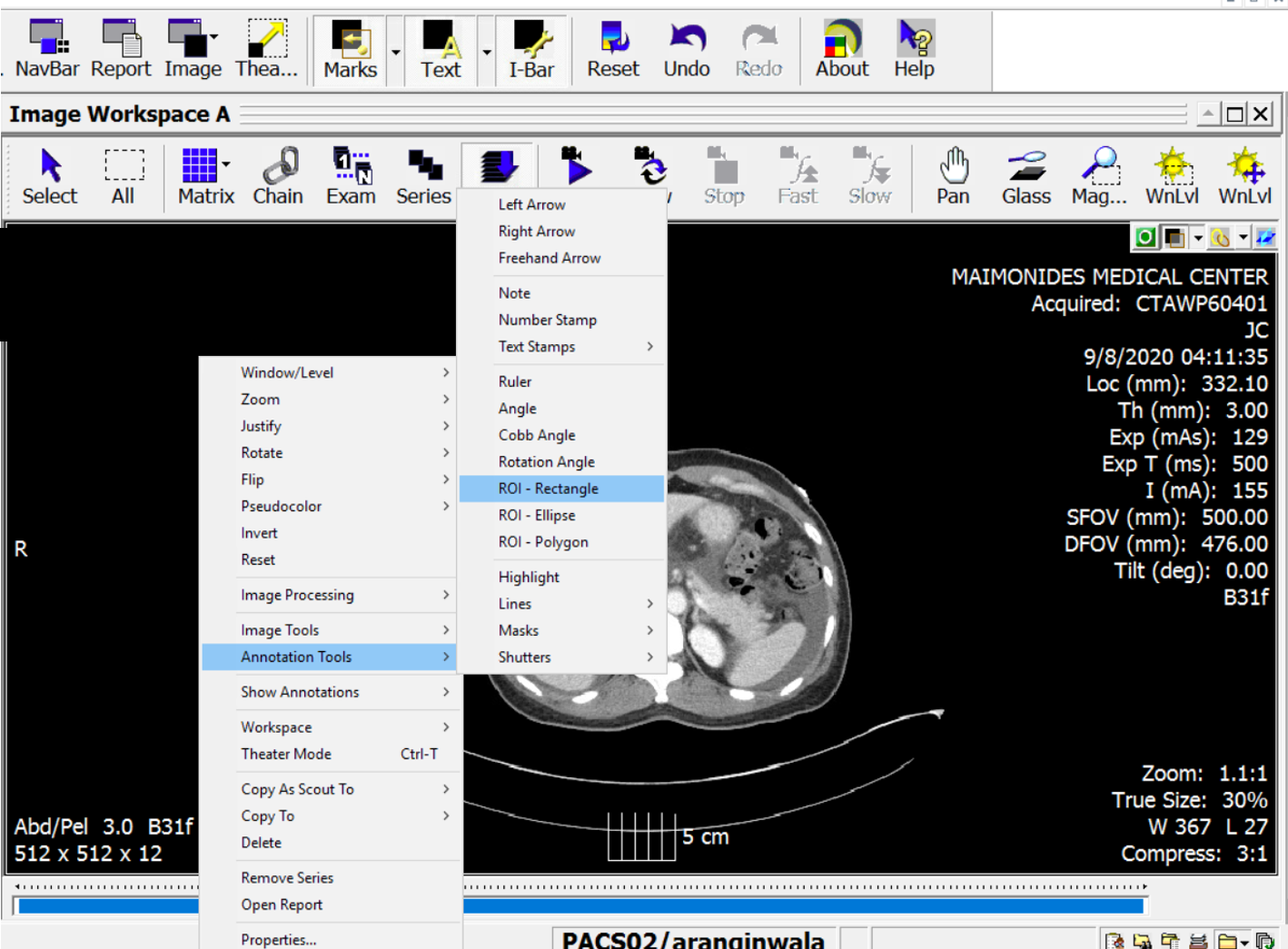Short cooldown email for today’s EMS PotW (EMS-PoW? Is that catchier?). Protocol 540 – Obstetric Complications, attached below, shockingly addresses potential complications with the obstetric patient. For context, NYC REMAC is using a 160/110 cutoff for severe preeclampsia, associated with some sort of symptomatology. The protocol opens with reference to BLS procedures, which in this case is essentially just checking ABC’s, calling for ALS if needed, and considering IVC syndrome, moving the patient into a left lateral position if indicated. At this point, the only SO ALS intervention is IV access and fluids, and ultimately an OLMC call to you fine folks for discuss magnesium administration.
The MCO for magnesium is written as a 2 gram IV dose over 10-20 minutes, with a repeat dose of 2 grams if needed. Seeing as we normally start at 4 grams for our preeclampsia/eclampsia patients, this allows for an early start for the loading dose at a lower rate while getting the patient to the ED for further eval. Generally, I tend to have a low threshold for authorizing the magnesium, assuming the crew paints a picture of a patient who could benefit from it.
www.nycremsco.org and the protocol binder, both there for you when you need them most.
David Eng, MD
Assistant Medical Director, Emergency Medical Services
Attending Physician, Department of Emergency Medicine
Maimonides Medical Center








